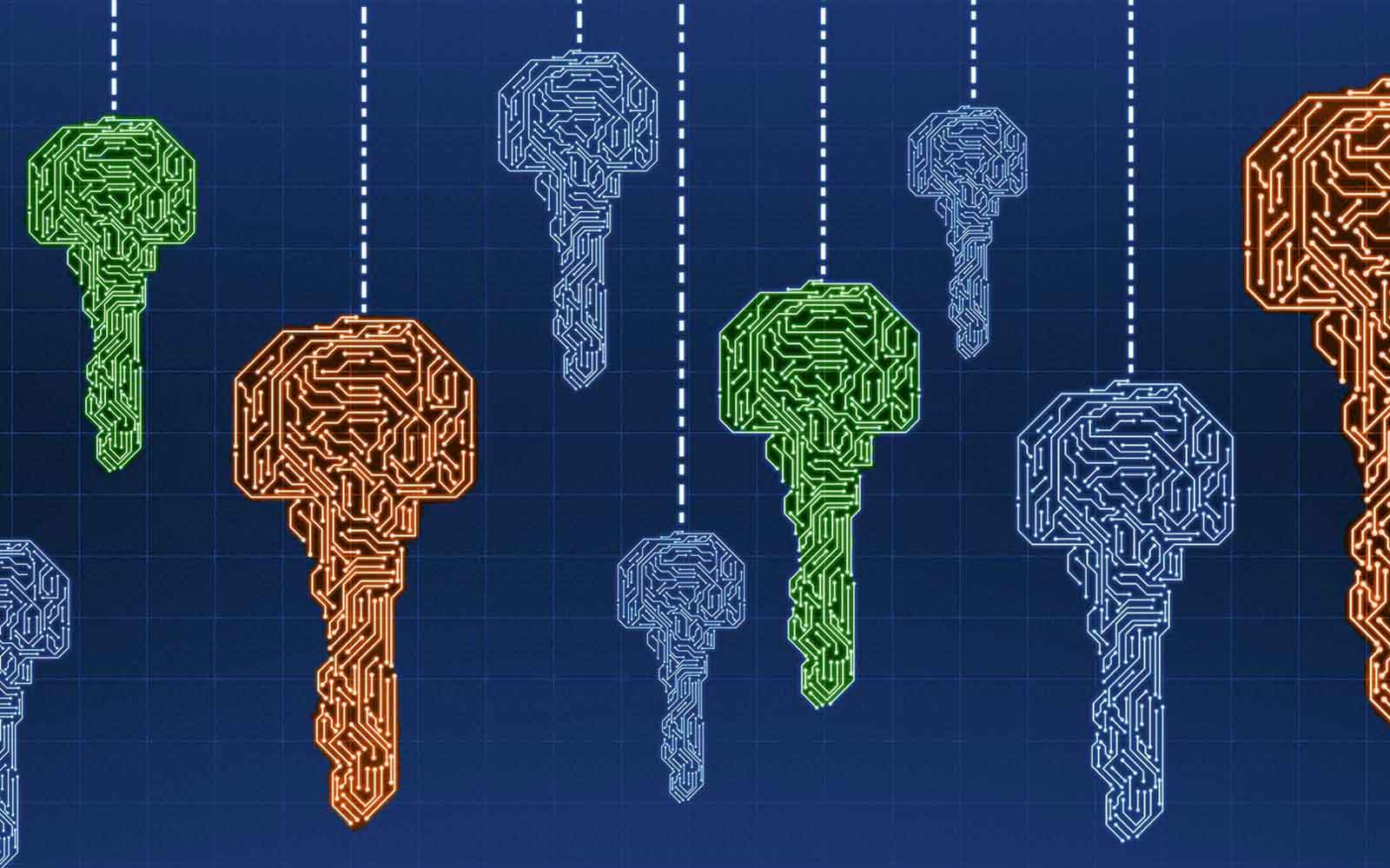In an increasingly digital world, cryptography serves as the bedrock of secure communication and data integrity. Fundamentally, cryptography is the art of transforming information into a secure format that obscures its true meaning. As society digitizes, the critical functions of cryptographic techniques permeate various domains, shaping how we interact, transact, and even vote. This exploration will delve into the diverse applications of cryptography ranging from emails to electronic voting systems, elucidating its profound impact on our modern existence.
To commence, one must grasp the essence of cryptography, which can be divided into several categories: symmetric-key cryptography, asymmetric-key cryptography, and hash functions. Symmetric-key systems utilize the same key for both encryption and decryption, making it crucial that both parties maintain the secrecy of this key. Conversely, asymmetric-key cryptography employs a pair of keys: a public key for encryption and a private key for decryption, thereby enhancing security through the separation of keys. Hash functions, on the other hand, transform data into a fixed-size string, acting as a digital fingerprint that verifies data integrity. These foundational techniques underpin a multitude of applications, each tailored to enhance the safety and confidentiality of our digital interactions.
Consider the realm of electronic mail. When you send an email, you are frequently unaware of the vulnerabilities lurking in the plaintext format. Without cryptographic safeguards, sensitive information could be intercepted by adversaries. Herein lies the significance of Pretty Good Privacy (PGP), a popular encryption standard that employs asymmetric cryptography to secure emails. By integrating PGP into our email systems, we can ensure that only the intended recipient can decipher the contents, thereby preserving the confidentiality of personal and professional communications.
Moreover, the proliferation of messaging applications has further spotlighted cryptography. Applications like WhatsApp and Signal utilize end-to-end encryption, ensuring that messages remain unreadable during transit. This is achieved through a combination of symmetric and asymmetric cryptographic techniques, allowing only communicating users to access the messages. Such security measures not only safeguard personal conversations but also bolster privacy in an age marred by increasing surveillance and data breaches.
Beyond personal communications, cryptography plays an indispensable role in online banking and e-commerce. Financial transactions necessitate a fortified security framework due to the sensitive nature of monetary exchanges. Here, the use of Transport Layer Security (TLS), a protocol that leverages cryptographic techniques, ensures that data is transmitted securely over the internet. TLS employs symmetric keys for encrypting the connection while utilizing public key cryptography for initial key exchanges, creating a robust environment for financial activities. The encryption of credit card information during online purchases exemplifies how cryptography fosters trust in digital commerce.
Consequently, identity verification mechanisms have also adopted cryptographic protocols. Digital signatures, for instance, authenticate the origin and integrity of messages. When an individual digitally signs a document, they employ their private key, creating a unique signature that can be verified by anyone possessing the corresponding public key. This technology is pivotal in signing contracts, verifying software integrity, and ensuring that electronic documents have not been tampered with. Through digital signatures, the realm of business has transformed, enabling seamless remote transactions with verifiable authenticity.
As digital landscape expands, the need for secure, transparent electoral processes arises. Cryptography has begun infiltrating the voting systems of various jurisdictions, with electronic voting (eVoting) systems gaining traction. Employing cryptographic techniques ensures that votes cast are both confidential and verifiable. Furthermore, the use of blockchain technology, entrenched in cryptographic protocols, allows for auditable, tamper-proof voting records. Each vote is encrypted and linked in a chain, making it nearly impossible for malicious actors to alter results post facto. Thus, cryptography is pioneering a new era of voting, where transparency and trust could potentially diminish electoral fraud.
Despite these advancements, the cryptographic landscape is not devoid of challenges. The evolution of quantum computing poses a significant threat to conventional cryptographic systems, specifically those relying on mathematical difficulty for security. Quantum computers have the potential to break widely-used public key cryptography, compelling researchers to design post-quantum cryptography paradigms capable of resisting such technology. This ongoing battle between cryptographic innovation and emerging threats encapsulates the dynamic nature of the field; it is one of constant evolution, adaptation, and resilience.
In summation, the influence of cryptography in our daily lives is profound and multifaceted. From securing emails and conversation dialogues to safeguarding financial transactions and enhancing democratic processes, the mechanisms of cryptography are woven intricately into the fabric of our digital interactions. As technological advancements continue to emerge alongside burgeoning threats, an understanding of cryptographic principles becomes increasingly essential. Moving forward, a robust commitment to research, innovation, and education in cryptography will be paramount, ensuring the security and privacy of our digital society. Indeed, cryptography is not merely a technical niche; it is an essential component of the modern world that shapes and strengthens our interactions within an evolving digital landscape.








Leave a Comment